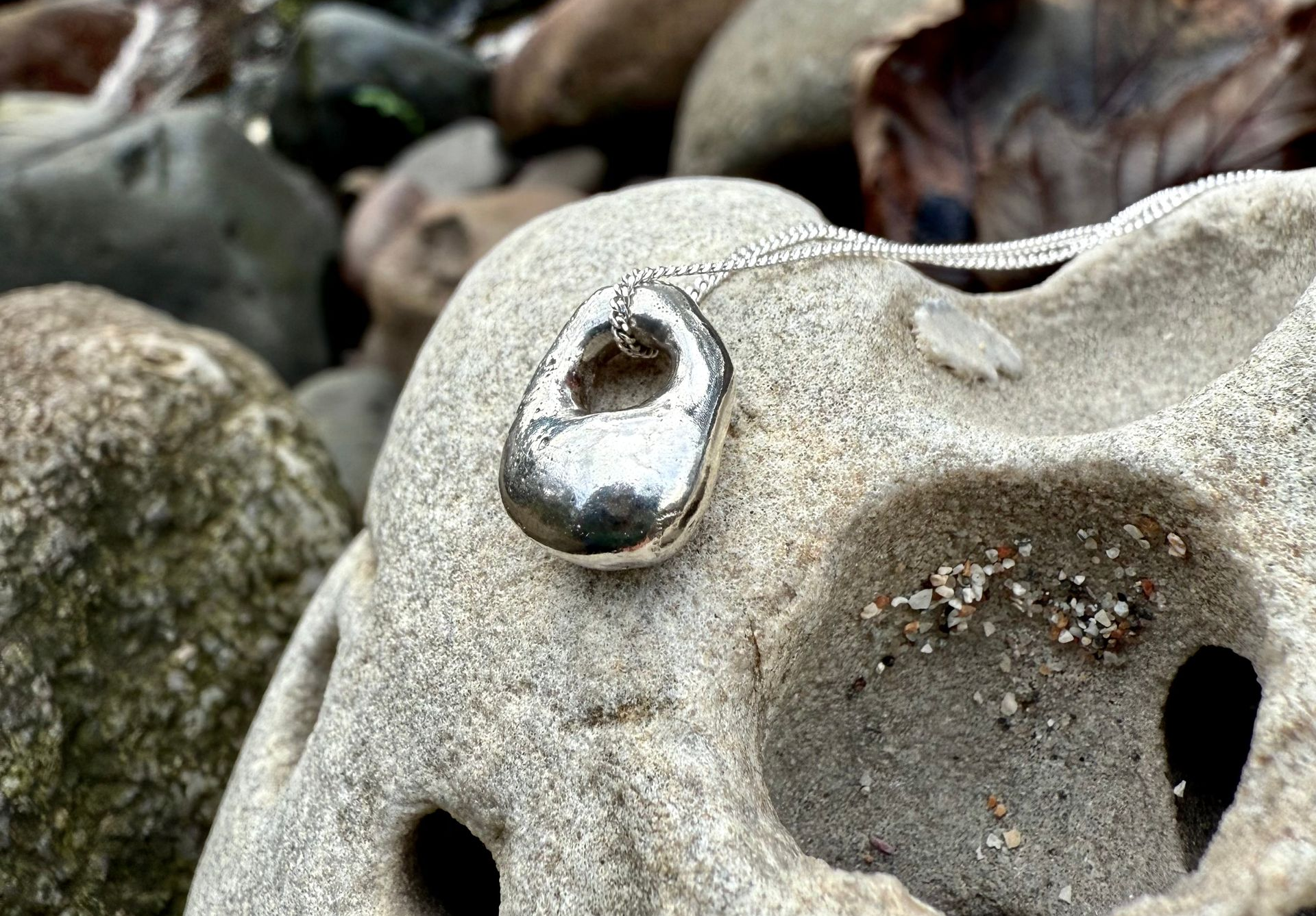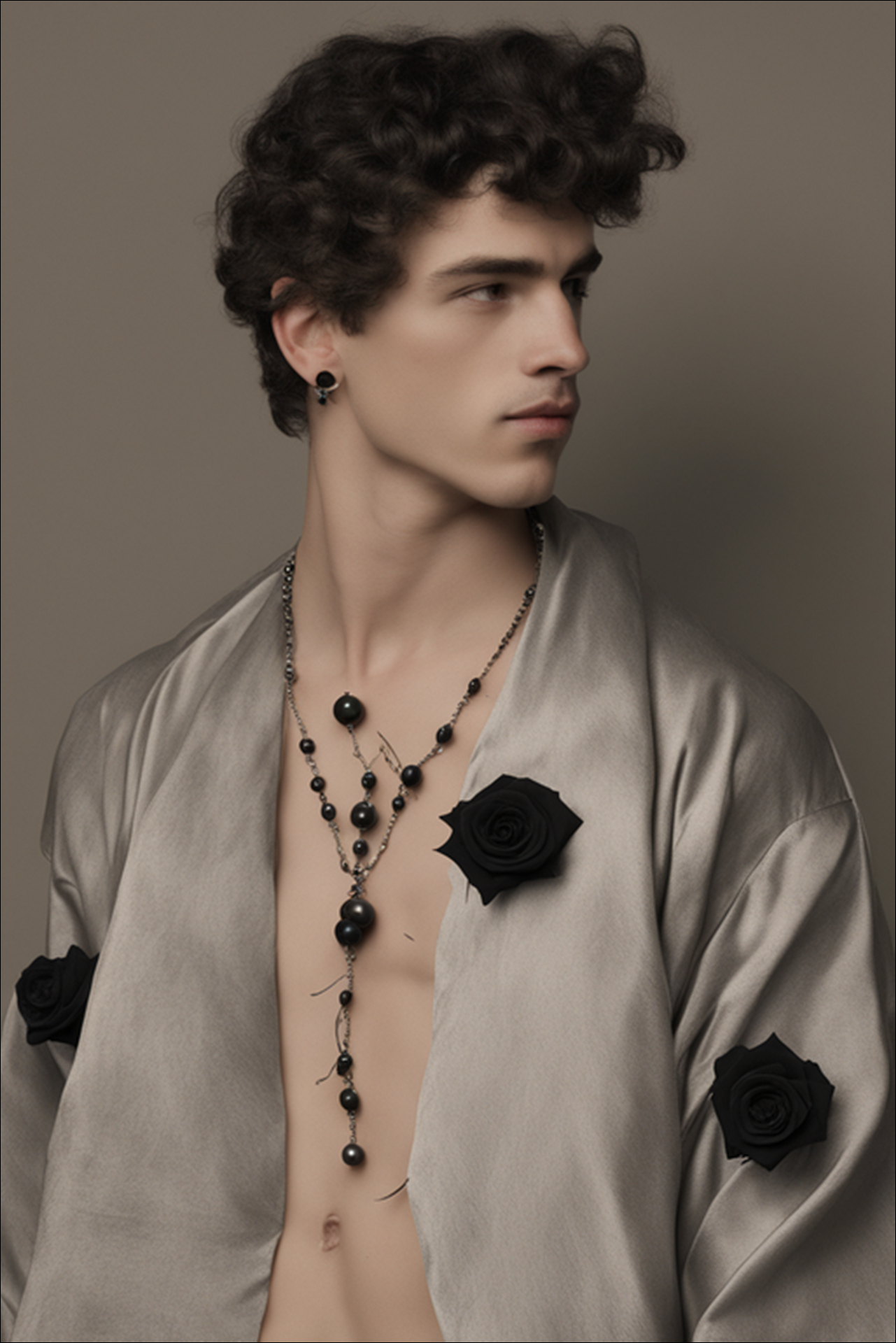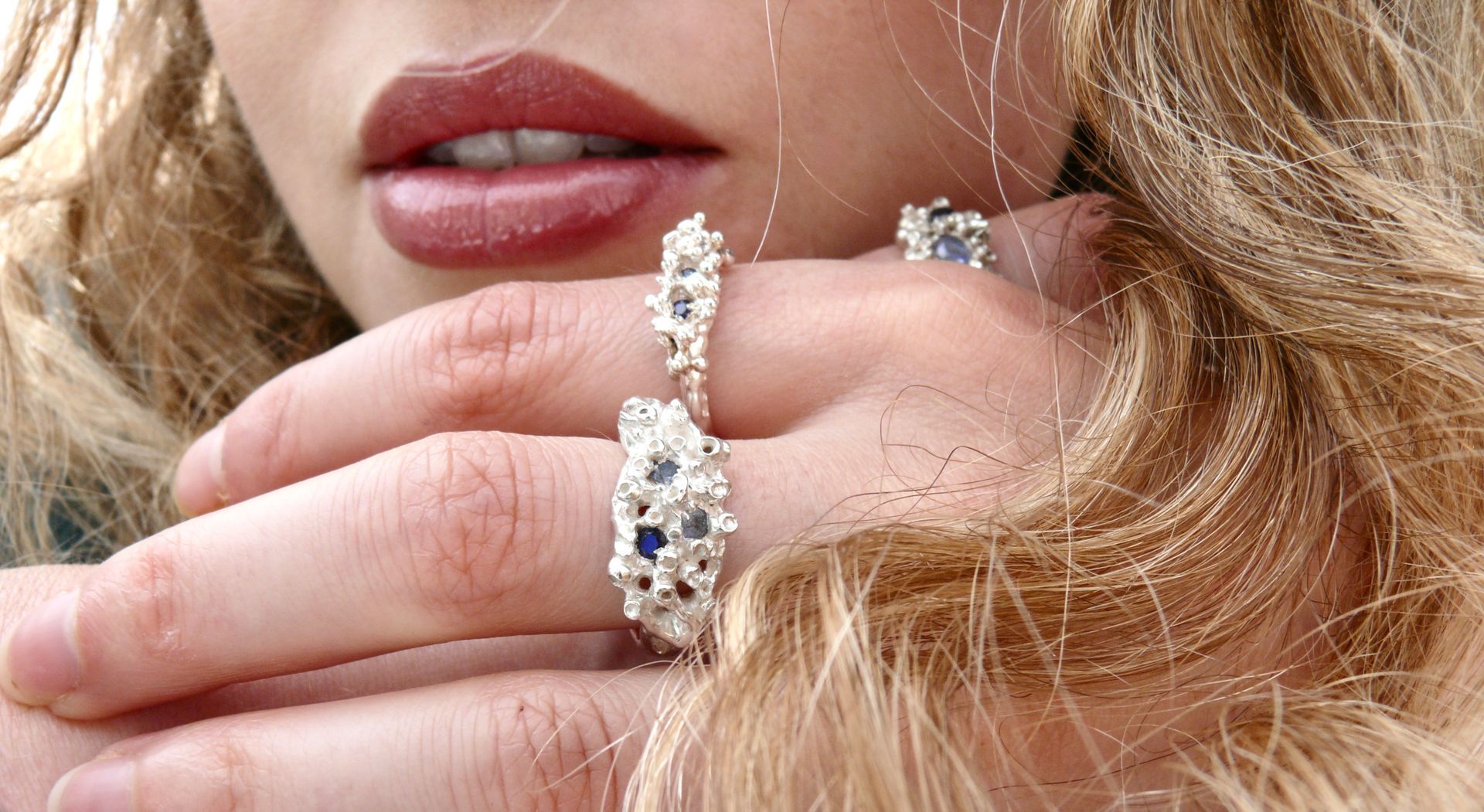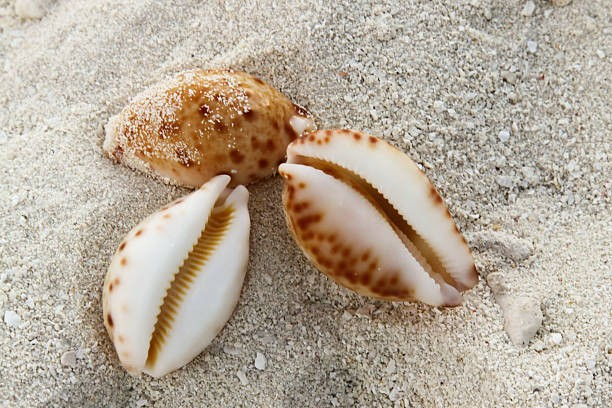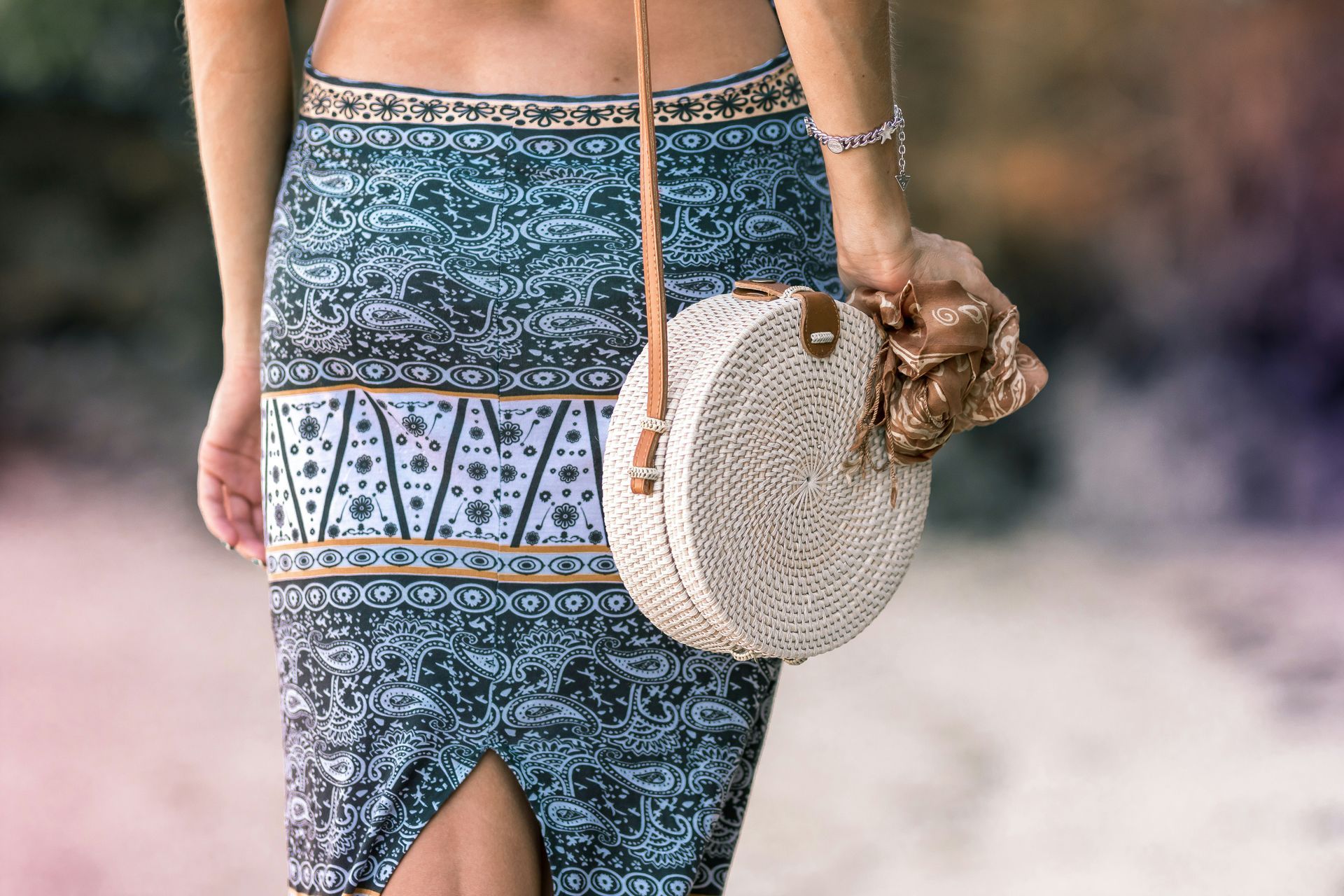Wax-carved jewellery explained | One-of-a-kind or special edition?

Wax carving lies at the heart of fine jewellery making — a process that marries sculpture and metallurgy. From ancient goldsmiths to today’s artisan jewellers, the lost-wax method has been used to create everything from Celtic torcs to contemporary engagement rings.
Yet when shoppers encounter the phrase “hand-carved wax”, many wonder: does that mean my piece is one-of-a-kind? Or can there be more than one copy? This guide answers the most-searched questions about buying wax-carved jewellery in the UK, explaining how the process works, what affects uniqueness, and what to look for when investing in handmade pieces.
What is wax carving and lost-wax casting?
In the lost-wax process, a piece begins life as a delicate model sculpted from wax. The maker carves, scrapes and shapes it with blades and heat tools, often spending hours refining organic curves and textures.
That wax model is then encased in a plaster-like investment material. Once heated, the wax melts and drains away — leaving a negative cavity ready to be filled with molten silver, gold, or bronze. When the metal cools, the plaster is broken away, revealing the cast piece. Every contour, texture and tool mark from the wax appears faithfully in metal.
This transformation from wax to metal is what gives lost-wax jewellery its sensual, tactile feel — surfaces that seem alive rather than machine-perfect.
Are wax-carved pieces always one-of-a-kind? It is rather like asking if something is an original oil painting, or a print of that painting.
So, not necessarily. The key lies in what happens after the original wax is carved.
- If the original wax is cast once and destroyed in the process, that single metal piece is truly one-of-a-kind.
- However, many jewellers create a mould from the original wax before casting. This mould (often made of silicone or rubber) can be used to inject multiple wax replicas, allowing the same design to be cast again and again. This we do to make smaller and affordable pieces, like shells.
In other words, a ring may begin as a one-off carving — but once a mould is taken, it becomes a repeatable design.
Some makers use the mould only for a limited edition (for example, 10 or 25 casts), while others keep it for open production.
The artist should be transparent on the number they will make - That distinction matters for buyers who value rarity and originality. A transparent maker should always specify whether your piece is a single cast or part of a limited run. This fact should have a huge impact on cost. If the jeweller is going to keep the design open and reproduced for years, it is worth less than an original one-off piece.
So a ring coming from the same mould may be changed up with different gemstones etc, but they are basically being retrofitted to an already existing piece of metal. This is rather like choosing between an original oil painting, hanging only on your wall, or picking a more affordable print of the same design. It can come in a different mount or frame, but is not the original and only painting. That is why a one-of-a-kind piece of wax carved jewellery, with no reproduction of the design, will cost a lot more.
How many casts can be made from one mould?
A well-made mould can yield dozens — sometimes hundreds — of wax copies before it deteriorates. The number depends on several factors:
- Material quality: silicone moulds last longer than natural rubber.
- Design complexity: deep textures and undercuts stress the mould and shorten its lifespan.
- Handling: careful demoulding and proper storage extend the number of viable injections.
While technically a mould could last for years, most artisan jewellers limit their runs intentionally to maintain scarcity and integrity. When buying, it’s wise to ask: is this part of an edition, and if so, how many exist?
What does ‘handmade’ really mean?
The term “handmade” can be confusing in jewellery. A wax-carved piece is handmade in its origin — every curve of the wax is formed by the artist’s hand — but the casting process introduces mechanical repetition.
A good rule of thumb:
- If the same maker carved the original wax and also finishes, polishes and sets each cast, the work can rightly be called handcrafted.
- If the mould and casting are handled entirely by others, and the item is mass-produced, it leans towards manufactured.
- You might also wish to ask whether your jewellery was designed entirely on a computer, 3D printed as a model and cast directly. This takes different skills, but for many buyers who are looking for the soulful creation that comes from crafting by hand, this isn't it.
Authenticity rests on transparency. Ethical makers explain each step clearly, allowing customers to choose according to their values and budget.
Hallmarking and authenticity in the UK
A hallmark is the buyer’s best assurance of quality. Under UK law, any item sold as precious metal above certain weights must carry an official hallmark applied by one of the four Assay Offices (London, Birmingham, Sheffield or Edinburgh).
A full hallmark includes:
- The maker’s or sponsor’s mark – identifying who submitted it for testing.
- The fineness mark – confirming purity (e.g. 925 for sterling silver).
- The Assay Office mark – showing where it was tested.
Hallmarking guarantees metal content, but not uniqueness. Two rings can share identical hallmarks even if one was the only cast and the other part of a batch. For that reason, collectors should look for supplementary authenticity details such as signed certificates, numbered editions, or “one-off” statements from the maker.
How to buy wax-carved jewellery with confidence
Before purchasing, ask the maker or retailer a few simple questions:
Was the original wax a one-off or made into a mould?
If moulded, is my piece part of a limited edition?
Was it designed by hand, or by computer and 3D printed?
Who performed the final finishing?
Will I receive a certificate or maker’s statement of authenticity?
Are the photographs on the website of the exact piece or a representative example?
Reputable jewellers will happily answer these and even show you photos of the wax stage or hallmark close-ups. Transparency is a mark of quality.
Caring for cast jewellery
Lost-wax pieces, especially in sterling silver, age beautifully. Regular cleaning with a soft cloth or non-abrasive silver polish preserves their lustre. Organic design pieces will never have a mirror shine due to the nooks and crannies that make polishing challenging. Store pieces separately to avoid scratching, in a tarnish prevention bag and avoid chlorine or harsh chemicals.
Because many makers keep their moulds archived, repairs or replacements can often be made even years later — another subtle advantage of the mould-making stage.
Why this matters for collectors and conscious buyers
Understanding these distinctions helps you choose jewellery that aligns with your values. A single wax-cast ring carries the soul of a sculpture — no other identical version exists. A limited-edition cast shares that artistry with a few others while remaining far removed from mass production, but should be reflected in the comparative price with a one-off design.
Either way, you’re buying into a story of craftsmanship, not factory output. In a world of instant manufacturing, the quiet patience of a hand-carved wax is a small act of resistance.
FAQ
Q: Is wax-carved jewellery always unique?
A: Only if the original wax is cast once. Many jewellers take a mould, allowing multiple castings. Always ask whether your piece is a single cast or part of an edition.
Q: How many casts can be made from one mould?
A: Depending on material and care, a mould can produce dozens or even hundreds of waxes. Ethical jewellers often limit editions for transparency.
Q: How do I know if it’s real silver or gold?
A: Look for a UK hallmark from an official Assay Office. This legally guarantees the metal’s purity and identifies the maker.
Q: Is wax-carved jewellery considered handmade?
A: Yes — the original model is sculpted by hand, but multiple casts can exist. Each maker defines “handmade” differently; check who does the carving and finishing.
Q: How should I care for wax-carved silver jewellery?
A: Keep it dry, store it individually, and polish gently with a soft cloth. Avoid bleach, chlorine, and harsh chemicals.
In summary
Wax carving sits between art and alchemy: the sculptor’s touch preserved forever in metal. Understanding how wax originals, moulds, and hallmarks interact helps buyers appreciate the real value of handmade jewellery — and empowers them to make informed, confident purchases.
References
- Assay Offices UK – Official UK Assay Offices, hallmarking and precious metal guidance.
- Victoria & Albert Museum – Lost Wax Casting – Historical overview of the lost-wax casting process.
- Gov.uk – Hallmarking of Precious Metals – Legal requirements for hallmarking silver, gold, and platinum in the UK.
- Crafts Council UK – Jewellery Techniques – Resources on traditional and contemporary jewellery making.
- The Goldsmiths’ Company – Education & Craft – Guidance on jewellery making, workshops, and professional standards in the UK.
